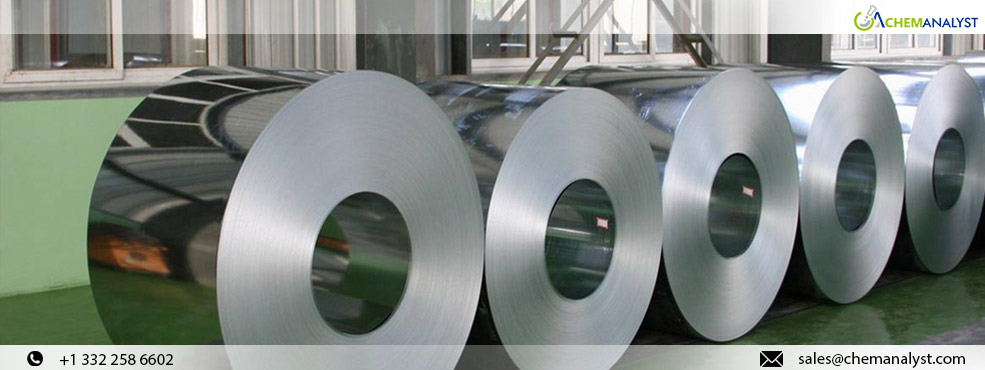Ongoing Decline in the European Steel Market: HRC Prices Facing Downward Pressure
- 17-Sep-2024 2:58 PM
- Journalist: Shiba Teramoto
The Hot Rolled Coil (HRC) market in Europe is experiencing a downturn. This trend is primarily driven by weak fundamentals, oversupply, and cautious buyer behavior across the continent.
In Germany, the HRC prices have declined by 0.4%, particularly affected by sluggish demand from key end-user sectors, notably the automotive industry. The potential closure of two factories at a major German automaker has raised concerns about further weakening demand, potentially exacerbating the oversupply situation. Long-term contracts with automotive OEMs for the second half of 2024 have been finalized at lower rates compared to the first half, reflecting the challenging market conditions.
European mills are struggling to stabilize HRC prices due to limited market demand and fierce competition. Some mills have resorted to offering HRC at reduced prices to manage high inventories. The spot market remains cautious, with buyers hesitant to replenish stocks due to uncertain price trends and slow order intake. This hesitancy is further fuelled by expectations of potential further price declines later in the year.
Import competition continues to play a significant role in the European HRC market. However, interest in overseas coil remains limited due to pending anti-dumping investigations and safeguards measures. For instance, Vietnamese HRC offers to Northern Europe are not seen as attractive due to extended delivery times and potential issues related to anti-dumping duties.
Regional differences are apparent within Europe. Northern Europe faces downward pressure on HRC prices influenced by deteriorating macroeconomic conditions. Southern Europe has maintained relative stability. Moreover, sentiment in Southern Europe remains predominantly pessimistic, with both suppliers and buyers expecting further price drops.
The green steel sector is facing challenges within the HRC market as consumers are hesitant to purchase new materials due to premium costs compared to conventional steel. This is particularly evident in industries like automotive, where rising costs and subdued demand are impacting purchasing decisions. Pricing premiums for green HRC vary based on demand and regional factors.
Raw material prices are also influencing the HRC market dynamics. As prices of key inputs drop, the negative impact on HRC prices is expected to persist. Some buyers predict that HRC prices could fall below a certain threshold this year, citing low demand as a major concern.
As per ChemAnalyst, the European HRC market is anticipated to remain under pressure in the short to medium term. The combination of weak demand, oversupply, and ongoing competition from imports is likely to keep prices subdued. However, potential stabilization could occur if end-user sectors, particularly automotive, show signs of recovery. The market will closely monitor booking prices and inventory levels, which will be crucial indicators for future price movements. The green HRC segment may face continued challenges in attracting demand unless the cost premium narrows.



